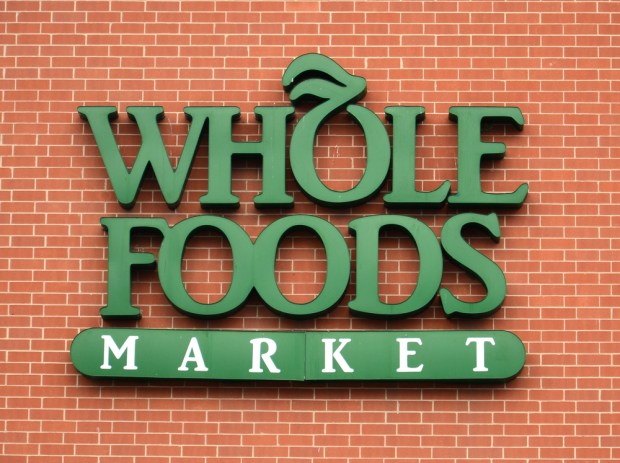Is Whole Foods Getting Traditional Under Amazon?

The world has spent much time speculating as to how and when Amazon’s ownership would bring changes to Whole Foods Market, and it seems the answers are now rolling in, according to reports from The Wall Street Journal.
Whole Foods, by all accounts, is becoming a bit more like a traditional grocery store under Amazon’s leadership.
For example, “brand advocates” will no longer be allowed in-store to promote products or make sure their companies’ items are stocked and displayed correctly, the WSJ reported. Instead, much like the rest of the grocery world with less of a specialty local focus, Whole Foods Market is moving to centralize much of the internal decision making machinery — particularly when it comes to product assortment and distribution nationwide.
That means, in essence, the executive team in Whole Foods’ Austin home office will be choosing more of the merchandise carried in store.
The move, it should be noted was not made as a result of the Amazon merger, the WSJ noted. Whole Foods Market had already been moving toward greater centralization of its product line, and brand representatives were likely on the way out no matter what. The Amazon acquisition, according to reports, simply accelerated the plan and put additional pressure on the brand to become more efficient.
That process will, however, likely hurt local producers who were able to leverage Whole Foods Markets’ decentralized method for shelf stocking and the greater store exposure which would have been difficult to get at more mainstream, traditional grocers.
How, and even if, Whole Foods Market will be able to maintain its commitment to those local grocers — and the shelf diversity they carry with them in their wake — as the Amazon era of its existence wears on, remains to be seen.
